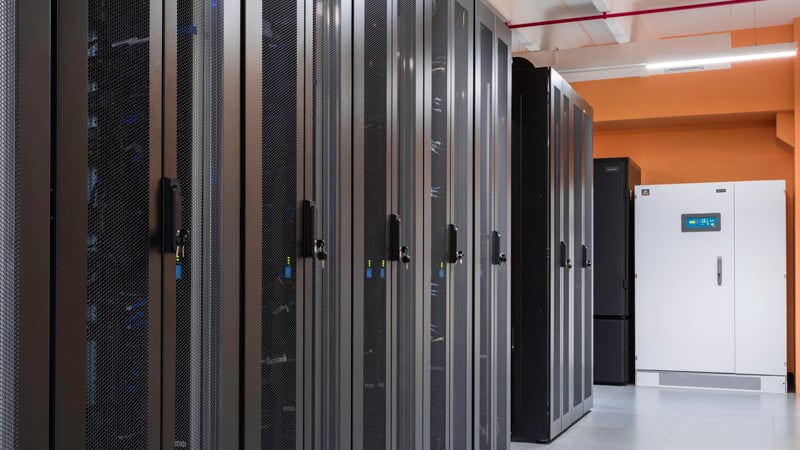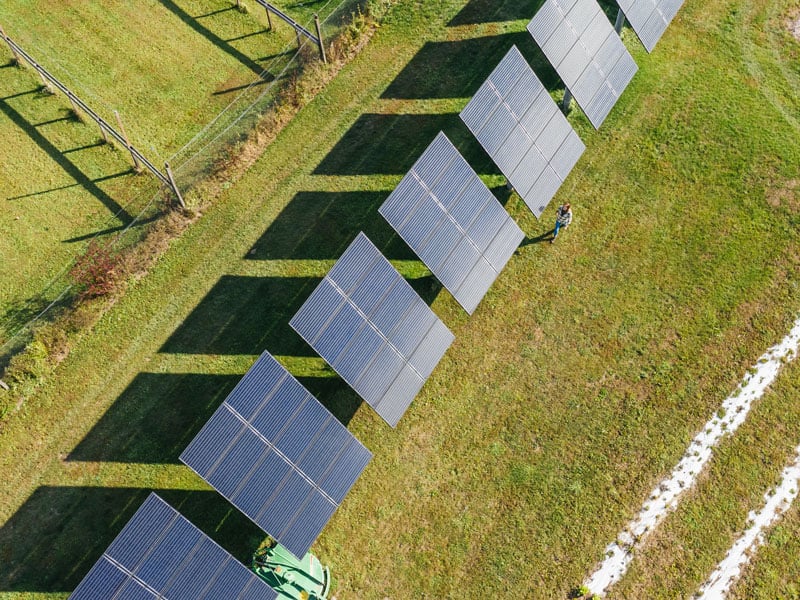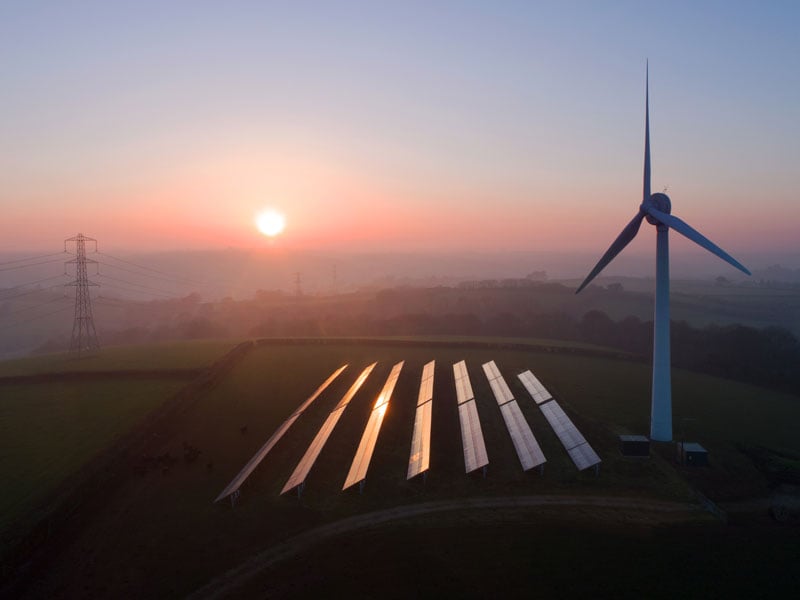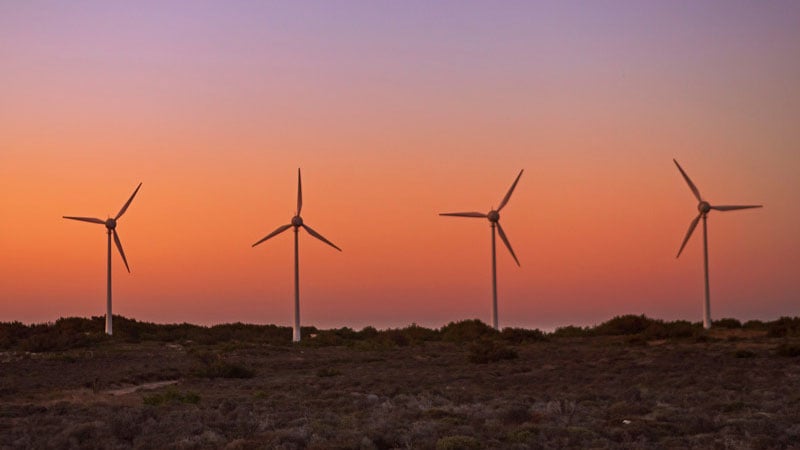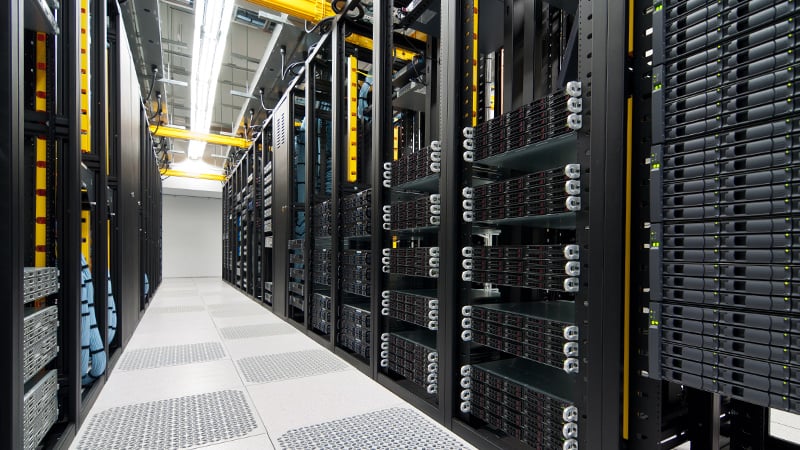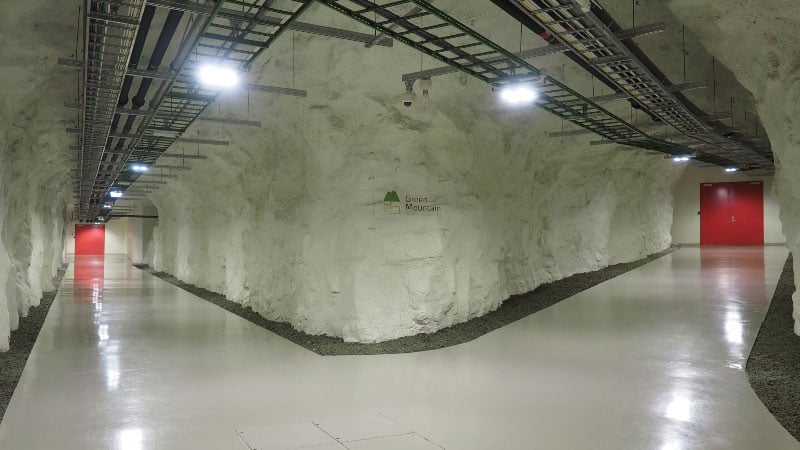With an increased demand for more complex IT environments, focusing on the resilience and energy efficiency of data centers will be vital to stay competitive in a market requiring new services.
The data center industry faced an increase in demand during the Covid-19 pandemic, driven by accelerated adoption of cloud services, the need for more robust and secure IT environments, and the transition to remote work models.
Gartner projects that global data center systems spending will grow to US$226 billion in 2022, up 4.7% from a year earlier. Overall, global IT investment will grow by 5.1% in the same year, reaching about US$4.5 trillion.
In Latin America, last year there was an investment of US$6.03 billion in data centers, a figure that is projected to reach US$9.11 billion in 2027, according to Arizton. This is largely due to the growth of fiber connectivity, the expansion of hyperscale operators, and the high demand for data center services by industries.
The market research company adds that Brazil, Chile, Colombia, Mexico, Bolivia and Argentina have led the sector in recent years.
Arizton also highlights that data center operators’ goals in working in facilities with renewable power sources has grown significantly since 2020, “with the procurement of modern infrastructure solutions and renewable energy to power operations”.
In addition to reducing C02 emissions, data centers’ energy efficiency in the post-pandemic world has become a matter of competitiveness in the market. According to Deloitte, affordable costs based on energy savings provide an opportunity to optimize budgets and facilitate the ongoing migration of IT platforms to the public and private cloud in a secure ecosystem, according to the firm.
Transformation for a Post-Pandemic World
The industry is already working towards the energy efficiency of data centers, whose electricity consumption was between 200 and 250 TWh in 2020 (about 1% of what is consumed globally), as indicated by the International Energy Agency (IEA).
Some organizations are planning for energy strategies that use a digital solution, which adjust energy consumption with 100% renewable energy and can operate with renewable energy sources 24 hours a day, seven days a week. These hybrid distributed energy systems that can provide both AC and DC power allow for improved efficiencies and may eventually enable data centers to operate carbon-free.
Another technology that will improve efficiency is lithium-ion batteries, used for energy backup. Compared to VRLA batteries, they occupy a smaller space, have a longer lifetime, and can operate at higher temperatures, meaning less energy used on cooling for optimal operation.
Vertiv is innovating to come up with more efficient and effective ways to support critical digital infrastructure. Together with six other organizations partnering with the European Clean Hydrogen Partnership, Vertiv will be involved in the development of a low-carbon fuel cell platform that, based on lithium-ion batteries and Uninterruptible Power Supply systems (UPSs), is intended to provide resilient prime power solutions for the data center environment.
In this scenario of efficiency, four elements play a relevant role. The first is thermal management, which is necessary to keep critical equipment at proper operating temperatures. To accomplish efficiency requirements, operators can opt for solutions such as pumped refrigerant economization systems that provide efficient operations without water, or liquid immersion cooling systems that easily scale and efficiently cool high-density applications, without the need for fans and heat sinks.
The second element is energy management through high efficiency UPS. These units not only allow energy consumption to be reduced, but also contribute to lowering excess energy expenditure and maximizing operating cost savings on the energy bill. Currently, there is a growing trend in terms of technologies that seek high efficiency. Modern double-conversion UPS systems operate with a maximum energy efficiency of 97%, while previous systems reached levels of 93%. This implies a reduction of more than 50% in kilowatt losses and a saving of more than US$144,000 in energy costs over 5 years, according to Vertiv estimates.
The efficiency of UPS systems also depends on the third factor: real-time monitoring. Remote monitoring systems and services add efficiency by controlling equipment performance 24/7, providing visibility into critical systems, and allowing early detection and rapid reaction to anomalies. In addition, it makes remote management and maintenance of the equipment possible.
Maintenance is the fourth element in the search for efficiency. Regular preventive maintenance routines ensure that the infrastructure remains highly available. Vertiv studies have found that UPS units that receive two preventive maintenance services per year have, on average, a Mean Time Between Failure (MTBF) of 23 times greater than equipment that has not received service in the year. Maintenance routines may not only reduce outages in data centers, but also make their performance and energy consumption more efficient.
At Vertiv we are innovating solutions in support of new data center trends, including those that provide services for the cloud, preserve availability, and improve energy efficiency.




